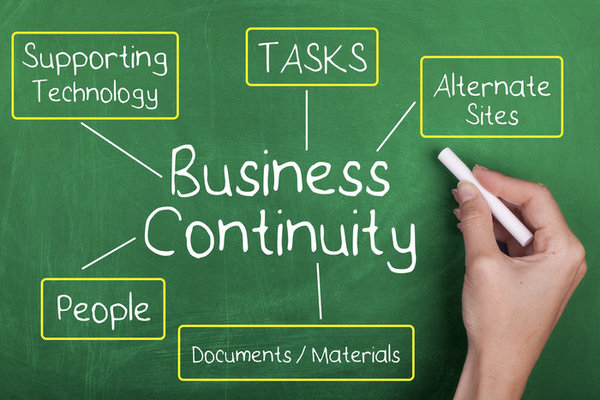Could This Mistake Derail Your Next Promotion?
If you wanted to leave your job tomorrow for another opportunity, would someone on your team be ready to fill in the gap?
The answer to that question matters not just to your employer, but to your career advancement.

With so much corporate emphasis on short-term results, succession planning often doesn’t get the attention it deserves on a daily basis. But it plays a crucial role as companies constantly restructure and reorganize.
What if someone on your team (and that someone might be you) leaves a key position? What kind of ripple effect would it create? If you haven’t given this much thought, you may be putting business results and your next career move at risk.
If leadership lacks confidence in potential successors for your role, it will be hard to support a promotion or a lateral move for you until they feel like someone can adequately fill your shoes. And that timeline might get extended if they have to do an external search.
How to Start Succession Planning
As the first step in your succession plan, identify one or two individuals who could step into your role fully or take on key parts of your role. Get creative. This might include people outside your immediate department.
Next, think about the readiness of each person in the context of these three areas:
- Skill set. How well do their experiences and expertise fulfill the most critical requirements of the position?
- Credibility. Your potential successors don’t just need the right skills. They also need a solid reputation within your organization. Do key leaders at your company know who they are and what they bring to the table? Do they support their transition into your role?
- Relationships. Effective leaders get things done with and through others. Your potential successors should have strong relationships with the people who influence decisions at your organization. What do their networks look like?
Prepare Your Potential Successors
Finally, create a plan that accelerates the process of preparing succession candidates.
- Seek out special projects or assignments to help them develop specific skills or gain business knowledge. Identify meetings they should attend with you to learn more about the business, certain processes and organizational dynamics.
- Look for natural opportunities, such as upcoming meetings or events, to give these candidates exposure to senior leadership. Take a look at the “Building Executive Presence” booklet in my Leadership EDGE SeriesSM for practical strategies to enhance credibility and gain visibility.
- Another Leadership Edge title, “Building a Powerful Network,” is a great resource for potential successors who want to develop authentic relationships that drive results.
This week, identify one step you can take to put succession planning on your radar. It will help clear the way for your next career move and minimize the risk to your company.




